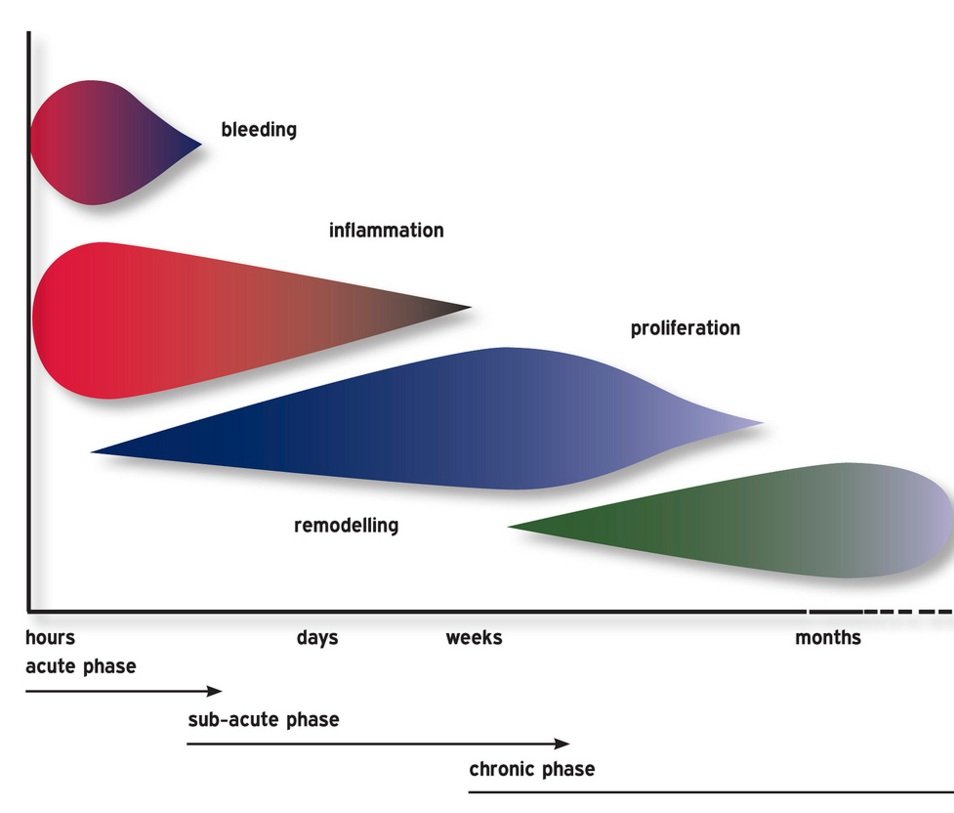Pulled Muscle Recovery Times - The What, Why and How of Muscle Injuries…
How long do muscles take to recover?
When you pull a muscle you can often feel in the dark about how long the muscle will take to recover. There are lots of mixed opinions and research about what is the best way is to recover from a muscle injury so it’s often hard to know what to listen to.
Hopefully this blog will shine some light on any questions you have about your muscle pull injury as we discuss the process of muscle recovery.
But before we go into too much detail it’s important to note that muscle pull recovery times with depend on the severity of the muscle injury. If you are unsure of the severity of your muscle strain, it would be best to get assessed by a physio before you start any rehab exercises.
What is a pulled muscle?
A pulled muscle is essentially a soft tissue injury to any muscle group in the body. Common injury areas would be back muscles, calf muscles, quads, adductors and glute muscles.
All muscle pulls with vary in presentation and symptoms and generally can be graded on their severity.
Symptoms of muscle pulls are listed below:
pain on palpation of the injury site
bruising or tenderness
Difficultly doing movements that involve that muscle e.g. straightening and bending knee for quad injury
tightness or muscle spasms in the area of pain
How do muscles recover?
A pulled back muscle recovery time may be different to a calf muscle strain recovery time. It all depends on the severity, size and area of injury, but all muscle groups will go through the same healing general healing pattern, outlined below in a muscle recovery time chart…
Figure 1: How our body responds to a muscle injury
Adapted from Watson, (2006). Tissue Repair. The basic response to tissue injury
Muscle healing starts with an initial inflammatory response, usually lasting 1-3 days. Then it moves to a proliferation phase 24-48 hours after injury and continues for several months and then the final stage is remodelling phase, which starts soon after injury but can last for a year or more.
At a cellular level there are different things happening at these stages:
Inflammatory phase = destruction
Proliferation = regeneration and activation
Remodelling = maturation of the regenerated myofibres
Notice that each of these phases overlap. In other words, the body is undergoing more than one phase at any given time until around six months after your injury.
Most muscle injuries will feel less sore and you will feel more functional within 6-10 weeks however the healing process itself still continues for several months.
What is the best way to recover from a muscle strain?
During the first 3 days after a muscle strain, it is good to use the ‘Peace & Love’ principles to reduce pain and speed up the healing process. You can find these principles below in figure 2.
Figure 2: Peace & Love Principle for immediate muscle healing care
BMJ (2019), Soft tissue injuries simply need PEACE & LOVE
During this time, get an appointment booked with a physiotherapist for about 3-5 days after the injury. At this time your pain should be reduced and you will get much more out of your physio session.
If you are unsure if Physiotherapy will help you, you can get booked in for one of our Free Discovery Calls, which is a completely free of charge call with one of our specialised physiotherapists.
To find out more about our Physiotherapists, you can view their profiles here.
The most important thing about muscle pull recovery is getting started with rehab ASAP. If you leave the injury for a while, the tissue will heal but will be much weaker than before and you will be at a higher risk of a re-injury.
You are much better getting it sorted now to avoid more intervention in the future.
Your rehab process will start with reducing any remaining pain using hands on techniques and self management techniques, then it will move to building foundational strength and then will progress onto building functional strength based on your own individual needs and goals.
If you have any more questions about your own muscle injury you can book a Free Discovery Call Below.
References:
Watson, (2006). Tissue Repair. The basic response to tissue injury, https://thriveptpilates.com/2020/02/how-long-do-injuries-take-to-heal/
BMJ (2019), Soft tissue injuries simply need PEACE & LOVE https://blogs.bmj.com/bjsm/2019/04/26/soft-tissue-injuries-simply-need-peace-love/


